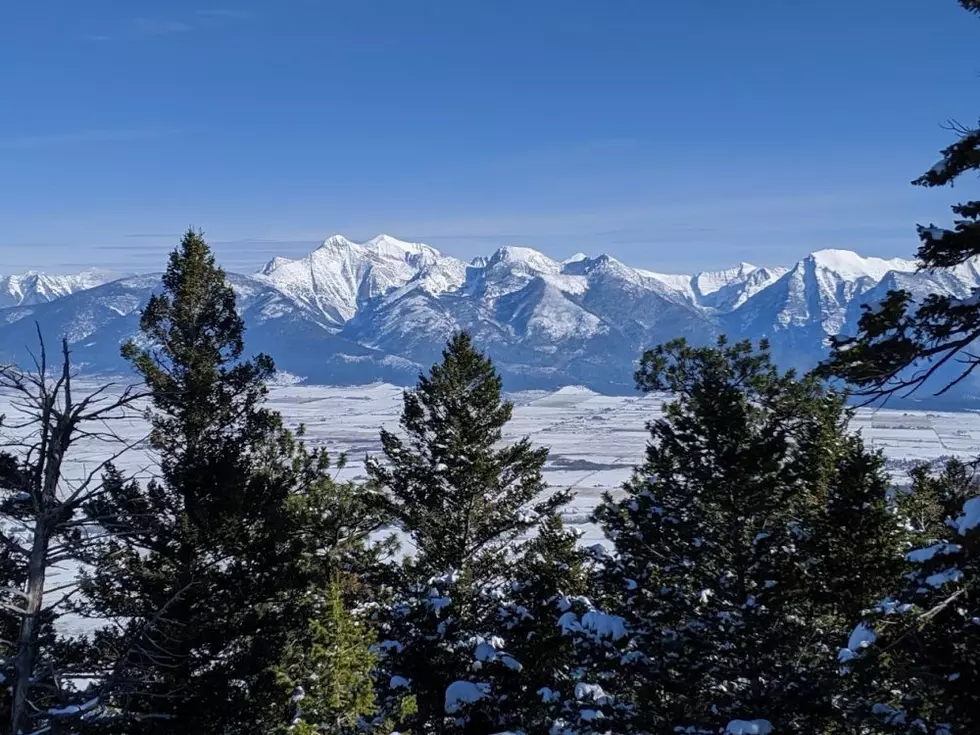
National Bison Range finalizes conservation plan focused on ecology, not visitors
The National Bison Range finally has a management plan emphasizing ecological preservation over pleasing visitors that will guide decisions for at least the next 15 years.
On Tuesday, the U.S. Fish and Wildlife Service released its record of decision on the Bison Range’s first Comprehensive Conservation Plan and associated environmental impact statement.
“The degree of public interest and input provided throughout this process is an indication of how much people care about this unique national wildlife refuge,” said U.S. Fish and Wildlife Service Regional Director Noreen Walsh in a statement. “People near and far are passionate about the National Bison Range, including its wildlife and recreation opportunities. Today, we begin implementing a management plan that aims to benefit people, wildlife and natural habitats at this iconic western wildlife refuge for generations to come.”
After scoping for the plan started in 2017, the draft plan was released in April and is being finalized now, after much of the public comment supported the alternative that would be more concerned about preserving functioning ecosystems than expanding human comfort, entertainment and outreach. The draft plan was based on more than 300 comments received during the scoping period.
Wildlife managers recognize that the National Bison Range helps to provide connectivity for wildlife that is finding it harder to move through an increasingly populated Flathead Valley. So maintaining healthy habitat is important, especially as climate change increases the likelihood of drought and higher temperatures.
The conservation plan allows employees to use adaptive management to find the best ways to preserve the range in an uncertain future.
For instance, biologists will assess the bunchgrass prairie to know what might happen if drought reduces the amount of forage that wildlife depend on. With that knowledge, they could perhaps adjust the size of the bison herd to allow other herbivores like antelope or bighorn sheep to get their share. Some fishing access might be curtailed if trout become stressed from fighting low flows or warm stream conditions.
However, visitors are still important to the National Bison Range, and education is key to wildlife conservation. So the visitor center and education programs will still be available.
“As we continually reference this management plan to implement the shared goals, objectives, and vision developed with our partners and public input, we will adapt as needed to implement it in ways most feasible and beneficial,” said National Bison Range Refuge Manager Amy Coffman in a statement. “From here, we will move forward with partner and public support to more fully realize the shared vision outlined for these cherished public lands.”
Coffman emphasizes partner and public support, because like many wildlife refuges, the National Bison Range Complex is sadly understaffed. The range has only a third of the 17 employees it had in 2003.
In particular, the plan emphasizes the need for more collaboration with the Confederated Salish and Kootenai Tribes on current and future projects, such as developing educational and interpretive materials that incorporate indigenous culture.
The finalized plan is published just as Montana’s senators introduced a bill that would transfer the National Bison Range out of the National Wildlife Refuge system to the Flathead Reservation. The bill would also finalize the CSKT Water Compact.
Transfer of control of the National Bison Range has been contentious.
But Tribal Chairman Ronald Trahan said in a statement, “Restoring the Bison Range to federal trust ownership for the tribes is an elegant solution that would correct the historic injustice of the United States taking the Bison Range from the tribes’ treaty-reserved homeland without tribal consent.”
Should the bill pass, it is uncertain whether the new Comprehensive Conservation Plan would still apply.
Contact reporter Laura Lundquist at lundquist@missoulacurrent.com.
